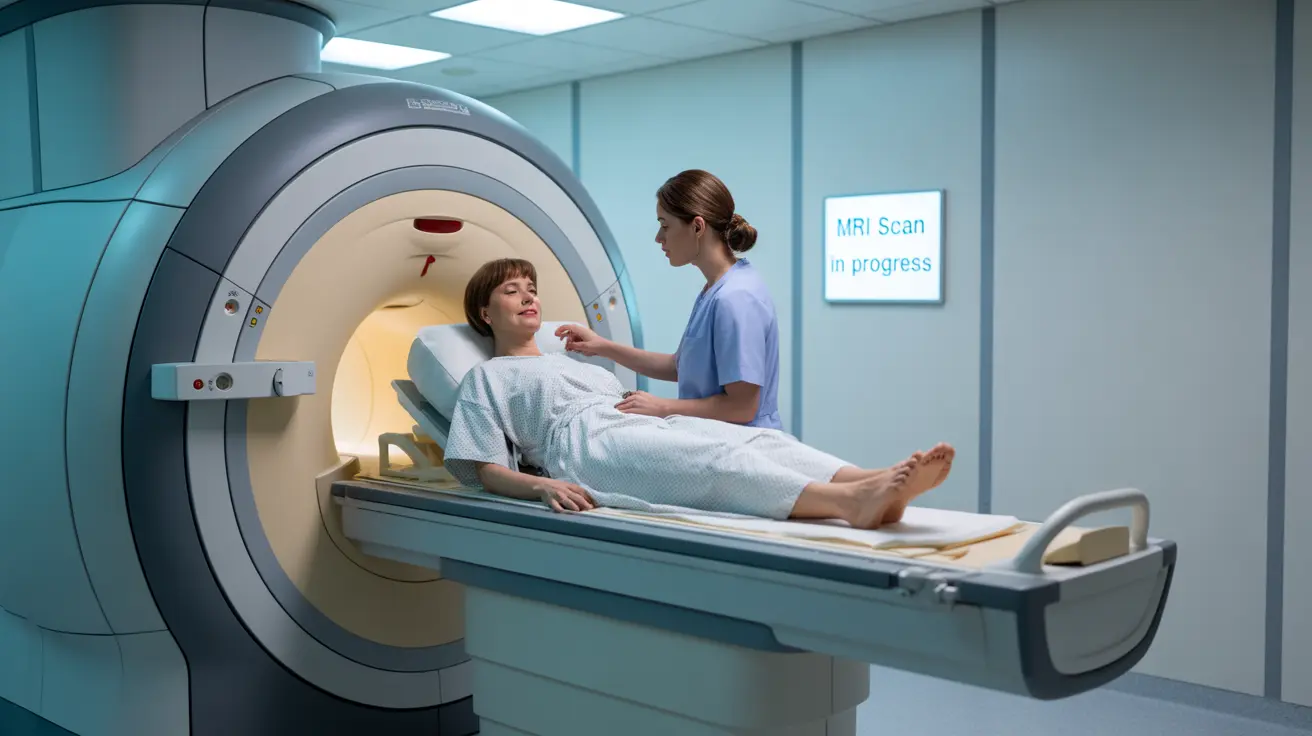A magnetic resonance imaging (MRI) scan of the liver is a powerful diagnostic tool that provides detailed images of liver tissue and surrounding structures. This non-invasive imaging technique helps healthcare providers diagnose various liver conditions, monitor existing diseases, and plan treatments effectively.
Understanding what to expect during a liver MRI and how to prepare can help reduce anxiety and ensure the best possible imaging results. This comprehensive guide covers everything you need to know about liver MRI scans.
Understanding Liver MRI Technology
An MRI uses powerful magnets and radio waves to create detailed cross-sectional images of your liver and surrounding tissues. Unlike X-rays or CT scans, MRI doesn't use ionizing radiation, making it a safer option for detailed imaging of soft tissues.
The technology can detect subtle changes in liver tissue, helping doctors identify various conditions that might not be visible through other imaging methods. The detailed images show the liver's structure, blood vessels, and any abnormal growths or tissue changes.
Preparing for Your Liver MRI
Proper preparation is essential for a successful liver MRI scan. Your healthcare provider will provide specific instructions, but general preparations typically include:
- Fasting for 4-6 hours before the scan
- Removing all metal objects, including jewelry and clothing with metal fasteners
- Informing your doctor about any medical implants or devices
- Discussing any history of claustrophobia
- Mentioning any allergies, especially to contrast materials
In some cases, you may need to receive a contrast dye to enhance image quality. This will require additional preparation instructions from your healthcare team.
The Liver MRI Procedure
During the procedure, you'll lie on a sliding table that moves into the MRI machine. The scan typically takes 30-60 minutes, during which you'll need to remain as still as possible. The machine makes loud knocking sounds during the scan, but you'll be provided with earplugs or headphones for comfort.
Use of Contrast Material
Many liver MRI scans use a contrast agent to provide clearer images of certain liver structures or abnormalities. The contrast material is typically administered through an IV line and helps highlight specific areas of concern within the liver.
What Liver MRI Can Detect
A liver MRI can reveal various conditions and abnormalities, including:
- Liver tumors (both cancerous and benign)
- Fatty liver disease
- Cirrhosis
- Liver cysts
- Blood vessel abnormalities
- Signs of liver damage or inflammation
- Bile duct problems
Safety and Risks
MRI is generally considered very safe, but there are some considerations to keep in mind. The primary risks are related to the magnetic field's interaction with metal objects and, in some cases, the contrast material used during the scan.
Frequently Asked Questions
What should I do to prepare for an MRI of the liver scan?
Fast for 4-6 hours before the scan, remove all metal objects, and inform your healthcare provider about any medical implants or devices. Follow any specific instructions regarding medications and arrive at least 30 minutes before your appointment.
How does an MRI of the liver detect and diagnose liver diseases?
MRI uses magnetic fields and radio waves to create detailed images of liver tissue, allowing doctors to see abnormalities in structure, density, and blood flow. The technology can detect various conditions, from fatty liver disease to tumors, with high precision.
Is it safe to have repeated liver MRIs and are there any risks?
Liver MRIs are generally safe for repeated use as they don't involve radiation. The main risks are associated with the magnetic field's interaction with metal objects and possible reactions to contrast materials. Always discuss any concerns with your healthcare provider.
What can a liver MRI reveal about conditions like fatty liver, cirrhosis, or liver tumors?
An MRI can show detailed images of liver tissue changes associated with fatty liver disease, the scarring pattern of cirrhosis, and the size, location, and characteristics of liver tumors. It can also reveal blood vessel patterns and bile duct abnormalities.
How long does a liver MRI take and what happens during the procedure?
A liver MRI typically takes 30-60 minutes. During the procedure, you'll lie still on a table that slides into the MRI machine. You'll hear loud knocking sounds but will be given ear protection. The technologist will communicate with you throughout the scan.




